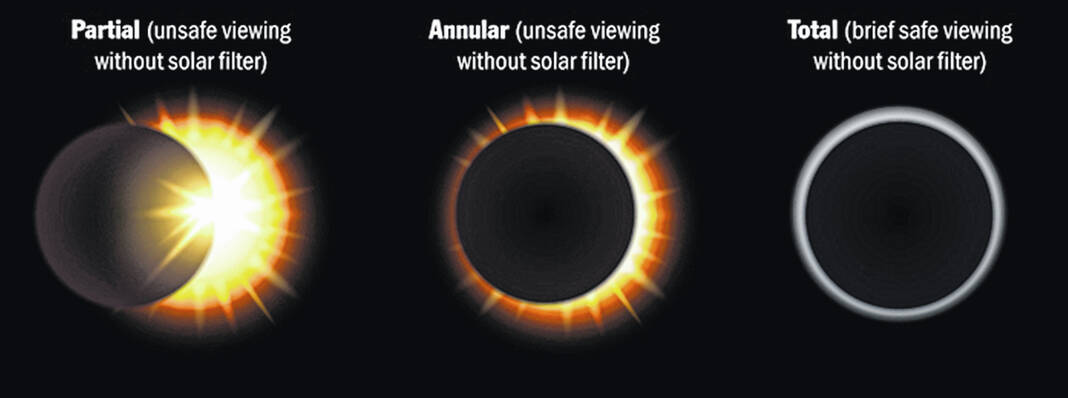
It is not safe to look directly at the eclipse unless you are using eye protection specifically for solar viewing. The only exception is during the very brief phase of a total solar eclipse when the moon completely blocks the sun.
Infographic courtesy of Ohio Optometric Association
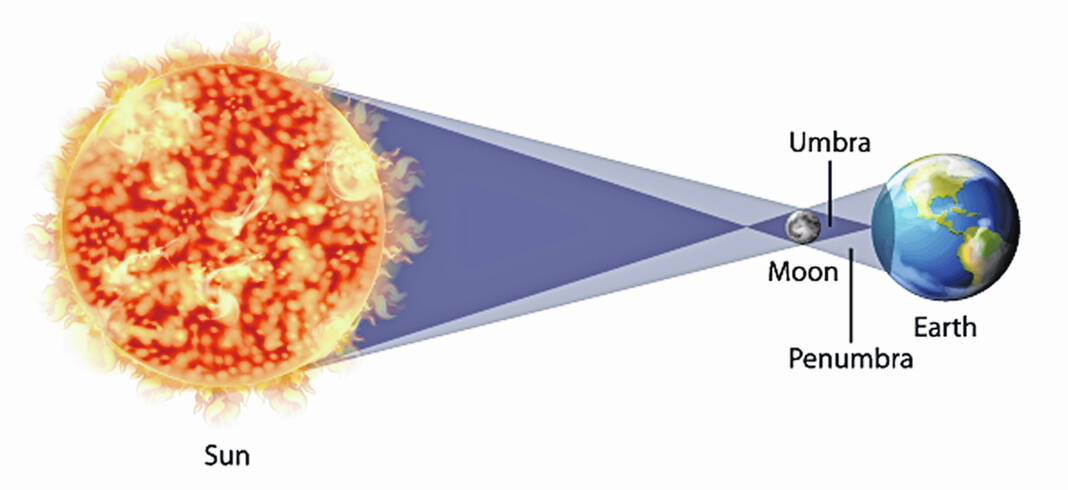
According to NASA, a solar eclipse occurs when the moon passes between the earth and the sun casting a shadow on earth that fully or partially blocks the sun’s light in some areas.
Infographic courtesy of Ohio Optometric Association
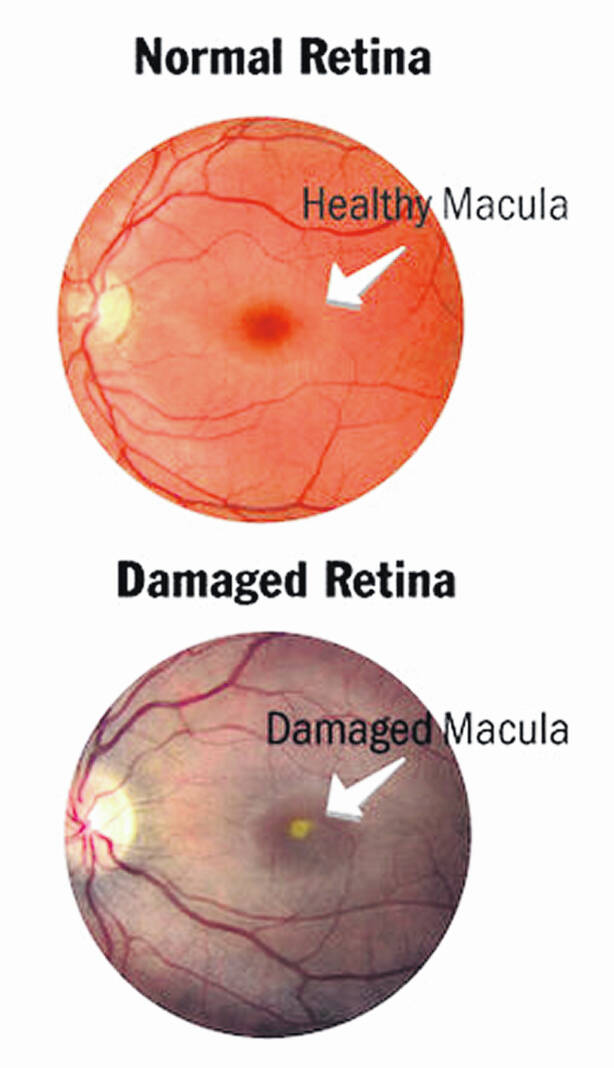
Photochemical toxicity from UV rays can cause painless damage to the center of the retina, called the macula, in less than a second of viewing. This damage can be permanent and is called “solar retinopathy.”
Infographic courtesy of Ohio Optometric Association
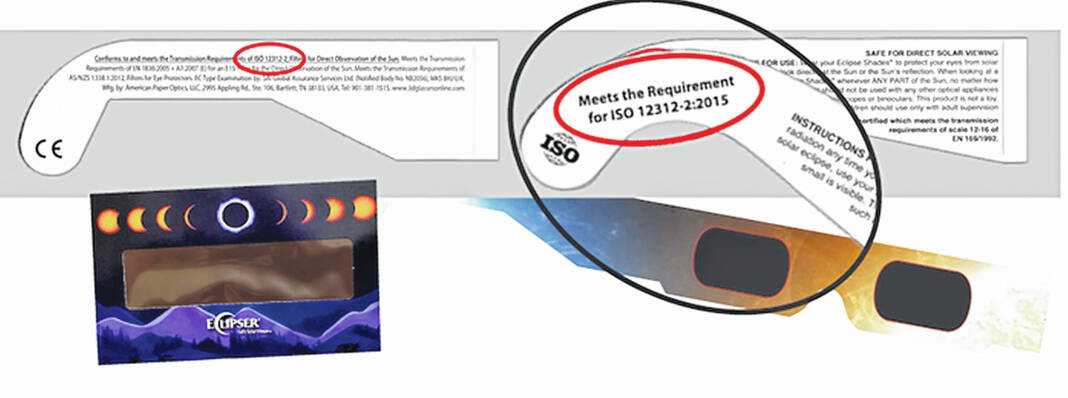
The Ohio Optometric Association does not endorse any particular brand of solar viewers. Go to the American Astronomical Society website at https://eclipse.aas.org/eye-safety/viewers-filters to find a list of approved sellers.
Infographic courtesy of Ohio Optometric Association
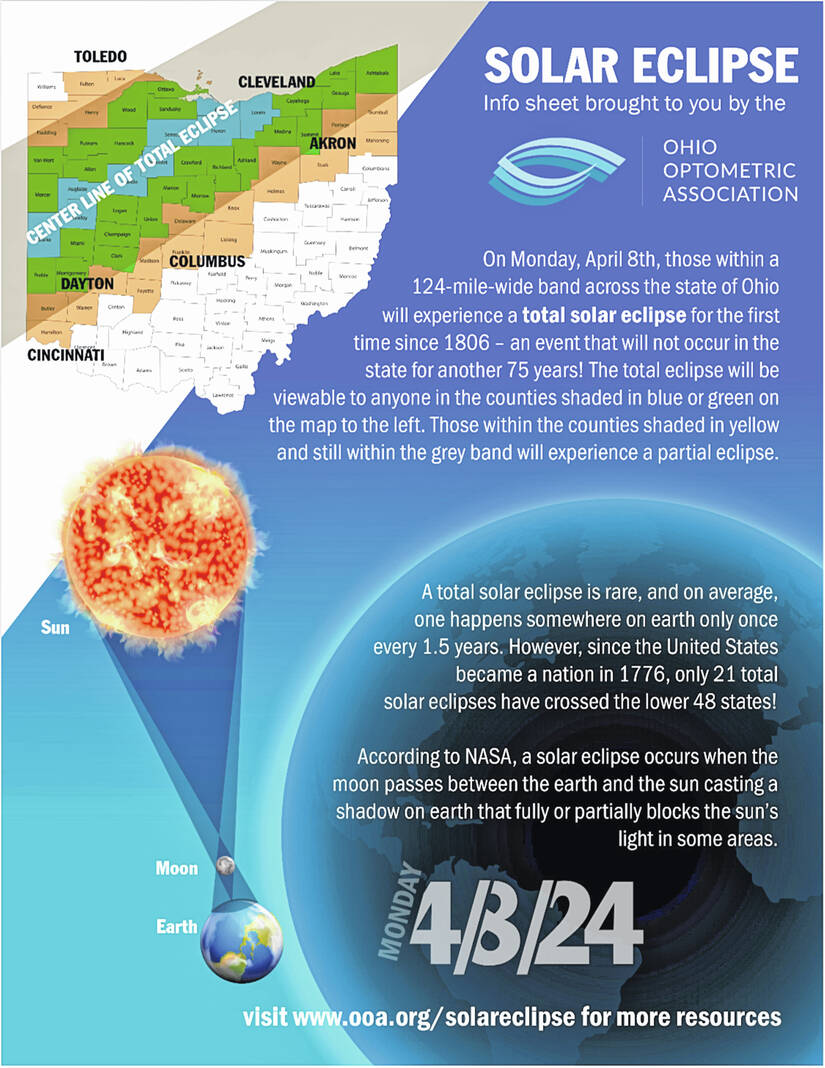
Infographic courtesy of Ohio Optometric Association
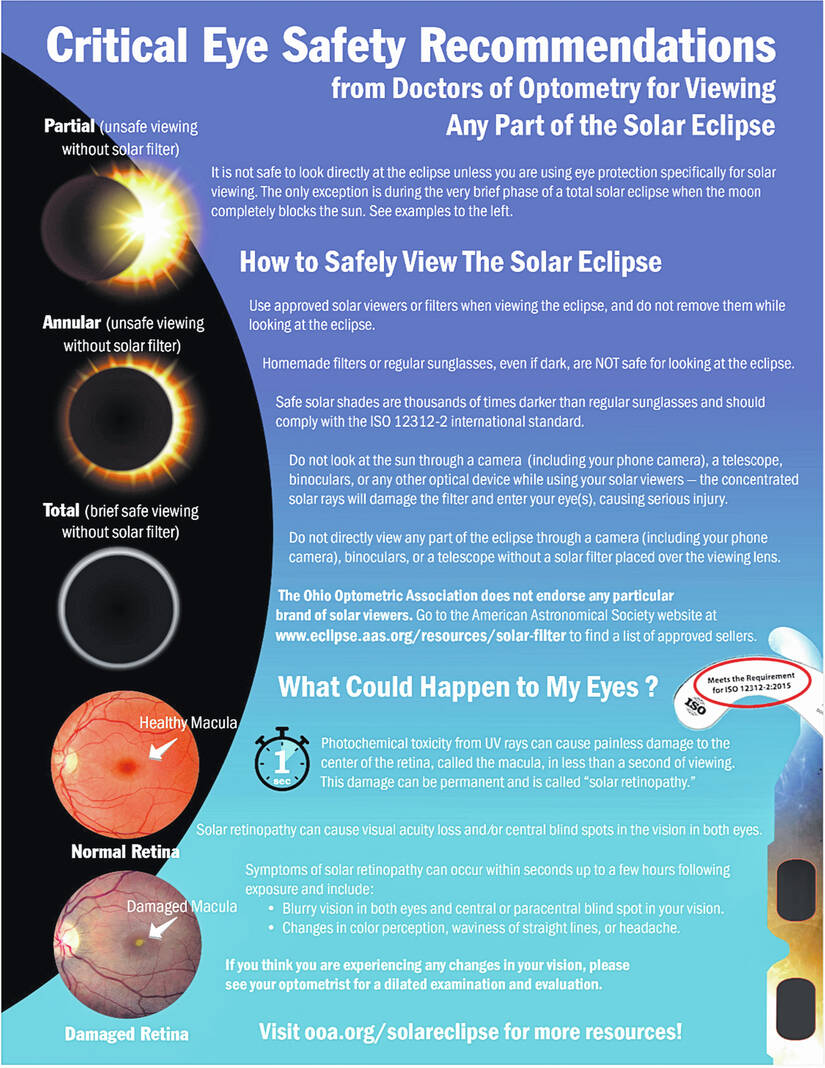
Infographic courtesy of Ohio Optometric Association
Urbana and Champaign County are in the path of totality for cosmic amazement and a throng of tourists on Monday, April 8 when the eclipse occurs.
According to a recent public safety report prepared locally, there is expected to be an increase in county population of 10,000-15,000 people on the day of the event.
Those within a 124-mile-wide band across the state of Ohio will experience a total solar eclipse for the first time since 1806 – an event that will not occur in the state for another 75 years.
A total solar eclipse is rare, and on average, one happens somewhere on earth only once every 1.5 years. However, since the United States became a nation in 1776, only 21 total solar eclipses have crossed the lower 48 states.
According to NASA, a solar eclipse occurs when the moon passes between the earth and the sun casting a shadow on earth that fully or partially blocks the sun’s light in some areas.
Travelers are likely to stop in local parks, school parking lots, at Kiser Lake, large retail parking lots, the Grimes Field airport and alongside roads to view the eclipse.
There are also planned eclipse events at local businesses and venues.
Roads will be congested and it is expected emergency vehicles could have trouble reaching destinations. Travelers should plan for delays and unexpected access issues.
Local public safety enhancements on April 8 within Champaign County include closing of the Champaign County Community building; increasing staffing at the Champaign County Communication Center; closing of all Champaign County schools; increasing staffing at the Champaign County Sheriff’s Office and adding capacity for cellular communications for AT&T and Verizon April 6, 7 and 8.
In addition to temporarily swelling the local population and causing road safety issues, there is a risk of possible eye damage if the eclipse is not viewed properly.
How to safely view the solar eclipse
Use approved solar viewers or filters when viewing the eclipse, and do not remove them while looking at the eclipse, according to information provided by the Ohio Optometric Association.
If the solar filter or shades are scratched or damaged, they are not safe.
Always supervise children using solar shades. Children and teens can be tempted to look at the sun without proper protection.
Homemade filters or regular sunglasses, even if dark, are not safe for looking at the eclipse.
Safe solar shades are thousands of times darker than regular sunglasses and should comply with the ISO 12312-2 international standard.
Do not look at the sun through a camera (including your phone camera), a telescope, binoculars or any other optical device while using your solar viewers — the concentrated solar rays will damage the filter and enter your eye(s), causing serious injury.
Do not directly view any part of the eclipse through a camera (including your phone camera), binoculars, or a telescope without a solar filter placed over the viewing lens.
The Ohio Optometric Association does not endorse any particular brand of solar viewers. Go to the American Astronomical Society website at https://eclipse.aas.org/eye-safety/viewers-filters to find a list of approved sellers
Unscrupulous vendors can grab the ISO logo off the internet and put it on their products and packaging, even if their eclipse glasses or viewers haven’t been properly tested. This means that just seeing the ISO logo or a label claiming ISO 12312-2 compliance isn’t good enough. Buyers need to know that the product comes from a reputable manufacturer or one of their authorized dealers.
Some vendors claim that their solar viewers are approved or endorsed by NASA, but NASA does not approve or endorse products.
Purchase AAS/ISO/CE certified eclipse glasses through www.eclipsesunglasses.com and receive free shipping using coupon code: STATE-PAC. Deadline for USPS Priority Mail shipping is Friday, March 29.
What could happen to my eyes in less than one second?
Photochemical toxicity from UV rays can cause painless damage to the center of the retina, called the macula, in less than a second of viewing. This damage can be permanent and is called “solar retinopathy.”
Solar retinopathy can cause visual acuity loss and ⁄or central blind spots in the vision in both eyes.
Symptoms of solar retinopathy can occur within seconds up to a few hours following exposure and include:
• Blurry vision in both eyes and central or paracentral blind spot in your vision.
• Changes in color perception, waviness of straight lines, or headache.
If you think you are experiencing any changes in your vision, please see your optometrist for a dilated examination and evaluation.
Facts from NASA
Humans can’t normally see the corona – the sun’s outer atmosphere – because the sun’s surface below it is so much brighter. But during a total solar eclipse, the corona becomes visible, offering unique opportunities to study it.
When the moon completely blocks the visible surface of the sun during a total solar eclipse, viewers can remove their eclipse glasses. A total solar eclipse is the only type of solar eclipse where eclipse glasses can be momentarily removed.
When a solar eclipse reaches totality, nocturnal wildlife sometimes wakes up, thinking that it’s nighttime, and non-nocturnal wildlife might think it’s time to head to sleep.
Visit NASA’s resources at https://science.nasa.gov/eclipses/future-eclipses/eclipse-2024/.
Be safe while driving
According to AAA, the solar eclipse could prove dangerous on the roads.
“As spectacular as this once-in-a-lifetime event will be, if you happen to catch a glimpse of it while behind the wheel, do not turn your eyes away from the road,” said Kara Hitchens, manager of Public and Government Affairs for AAA. “Aside from damaging your eyes, looking at the eclipse while driving is distracted driving at its worst. While AAA recommends staying off the road during the eclipse, if you have to drive keep sun visors and cell phones down to protect your eyes, reduce temptation to look at the sun, and avoid distracted driving.”
AAA warns motorists to expect traffic jams. Sky gazers could take to the roads at the last minute, looking for a good view of the eclipse.
April 8 will be spring break vacation time for some – there may be increased travel (and subsequently traffic) up to and including April 8.
AAA has provided these driver safety tips during the solar eclipse:
-Keep headlights on.
-Put the sun visor down to block your view of the sun.
-Do not wear eclipse glasses while driving.
-Do not try to photograph or video the eclipse while driving.
-Do not pull over to the side of the road, highway or interstate to view the eclipse.
-Exit the roadway and park in a safe area away from traffic to view the eclipse.
-Be mindful of pedestrians that may be walking around with their eyes on the sky.
State of Ohio, localities in the path prepare for event
Ohio Gov. Mike DeWine signed Executive Order 2024-04D to assure Ohioans the state is well-prepared for the total solar eclipse.
“The safety and well-being of Ohioans is always at the forefront of everything we do,” said DeWine. “We have been preparing for the April 8 solar eclipse for several years to ensure this once-in-a-lifetime event can be safe and memorable for all.”
Ohio Emergency Management Agency (Ohio EMA) is coordinating the state’s preparation and response to the event, and all law enforcement agencies are prepared to respond with necessary personnel and resources to assist local law enforcement in contributing to the safety and security of Ohio residents and tourists.
The Ohio EMA urges those traveling to see the eclipse to make a preparedness kit for their vehicle and include items like snacks, drinks, cash, cell phone chargers, and blankets.
Motorists should top off their fuel tank or fully charge their electric vehicle before heading out.
It’s also encouraged to have a family communication plan on how to reconnect in case of confusion in a large gathering.
Tourists should be aware of weather conditions and possible shelter in the event of severe weather, and be sure to activate emergency alerting features on mobile devices.
As part of the Ohio State Highway Patrol’s safety efforts, motorists can dial #677 in Ohio to report unsafe drivers or stranded motorists.

